How to Connect LiFePO4 Battery Cells to BMS
 Nov 02,2022
Nov 02,2022

 Basen
Basen
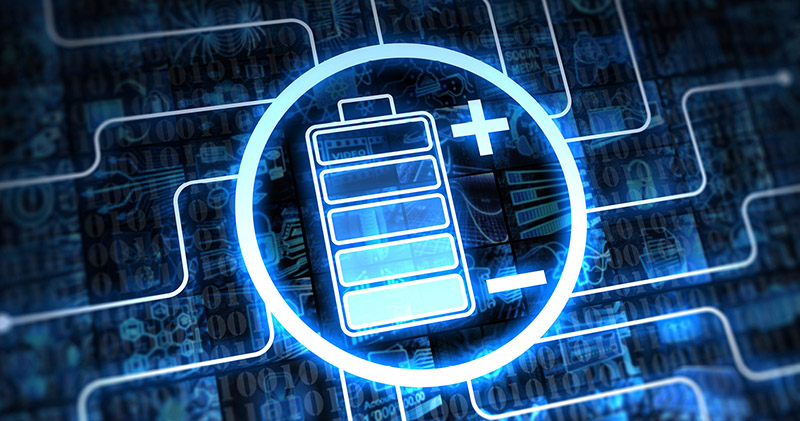
For beginners of DIY LiFePO4 battery packs, connecting LiFePO4 cell to the BMS for the first time seems like a difficult task.In fact after you operate it once, you will find it so easy. When you get good at it, you can make this connection in minutes.
A BMS is a really important safety feature to add to a lithium battery. Not only will it make your battery safer by protecting your cells from over and under discharging, but it will also make the entire charging process much simpler.
Installing a BMS on your lithium battery
The first step is to install your BMS. There are two main sets of wires you need to install, the thick wires and the thin wires. The thick wires are your charging/discharging wires and the thin wires are your balance wires.
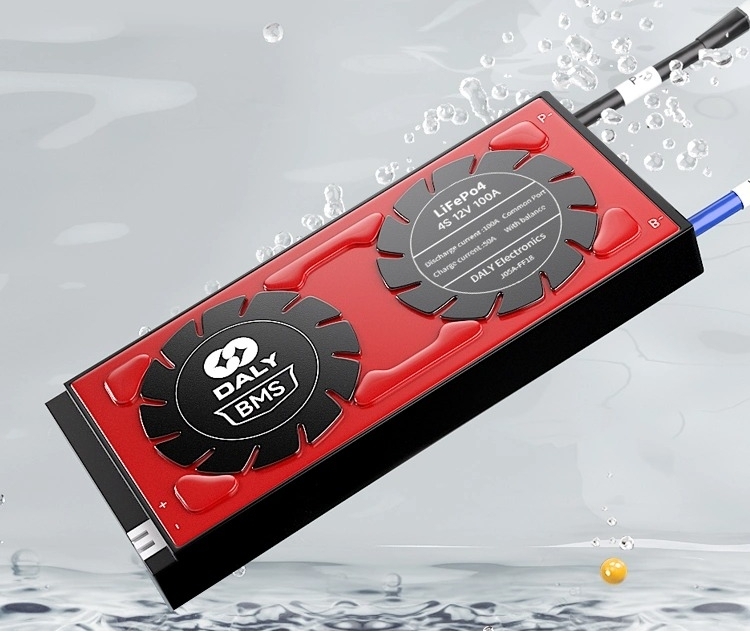
Not every BMS is the same, but most are similar. Your BMS will likely have 3 thick wires, or 3 pads to solder on your own heavy gauge wires. These are the B-, P- and C- wires (or pads for adding wires). I usually start with the B- wire.
If your BMS comes with the thick wires already soldered to the BMS board, then the hardest step is already done for you. If not, you’ll need to solder a length of wire to the B- pad on your BMS. Be very careful not to let the solder blob touch any other components on the BMS board, as many BMSs have very small solder pads that are close to other components.
You generally want to use a fairly heavy gauge wire here such as 12 or 14 AWG. This wire will carry the full power of your battery during discharge.
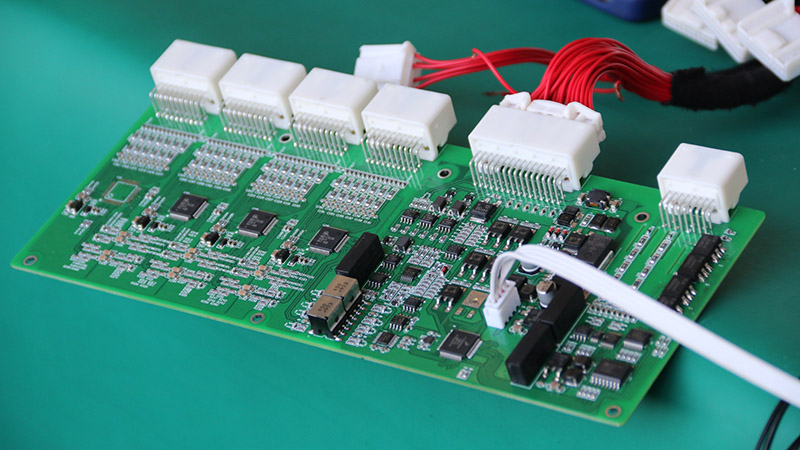
Installing the B- wire
Now you’ll take the free end of your B- wire and connect it to the wire clamps on your battery, which should be bolted onto the negative terminal of your first row of cells. If you used a single wire clamp, just crimp the wire inside of the clamp using a wire crimper (preferred) or a pair of pliers (less ideal, but it works). If you used multiple wire clamps, you can either strip a section of wire further down the B- wire, or you can use two wires spliced together, with one end crimped in each connector and the other ends reaching back to the B- pad or B- wire on your BMS.

Installing the balance wires
These are the thin wires with the white connector. Your BMS will either have the same number of balance wires as series cells in your battery, or one more. If your BMS has one more wire than the number of cells in series, then all the balance wires will connect to the positive ends of the parallel cell groups except for the very first one which will connect to the negative end of the first parallel cell group. If your BMS has the same number of balances wires as series cells, then each balance wire will connect to the positive end of each cell group only.
It is best to connect the thin balance wires by removing the nut on one cell in the group, lifting the bus bar and then wrapping the wire around the threaded post. Then place the bus bar back on top of the cell, ensuring that it contacts the balance wire, and finally replace the nut and tighten everything down. This will clamp the balance wire between the busbar and the plastic cap. You could also clamp the balance wire between the busbar and the nut, but this would add some resistance to the flow of electricity through the battery, as the electrons flow through the threaded post, into the nut and then into the busbar. By placing the balance wire below the busbar instead of between the busbar and the nut, you allow the main flow of electricity to bypass the sense wire during pack discharge, while still allowing it to remain in electrical connection. Essentially, you’re wiring the balance wire in parallel to the flow of electricity and not in series.
Alternatively, you can also solder the balance wires directly onto the busbars. That way you don’t have to worry about making a clamped connection. Either way works just fine.Continue with each successive balance wire by connecting it to the positive end of each successive cell.
Installing the P- wire
Now that you’ve completed all of your balance wires, you can move on the remaining thick wires. The P- wire is the negative discharge connection, so that will plug into whatever device you are powering, such as an electric bicycle or skateboard controller, an inverter, etc.
You’ll need to add your discharge connector too. You can use any discharge connector you like, as long as it is rated to handle the current that you plan to draw from your battery. If you are using a connector that has male/female polarity, the female connector should go on your battery.
Installing the C- wire
Next you need to install your C- wire,carefully solder this wire to your BMS’s C- pad. You can use a somewhat thinner wire here, as the charger generally provides less current compared to discharging. Anything from 14-18 AWG is common for the C- wire, depending on your loads.
Next, you’ll want to install your charger connector here. Again, any charger connector will work as long as it can handle your loads.
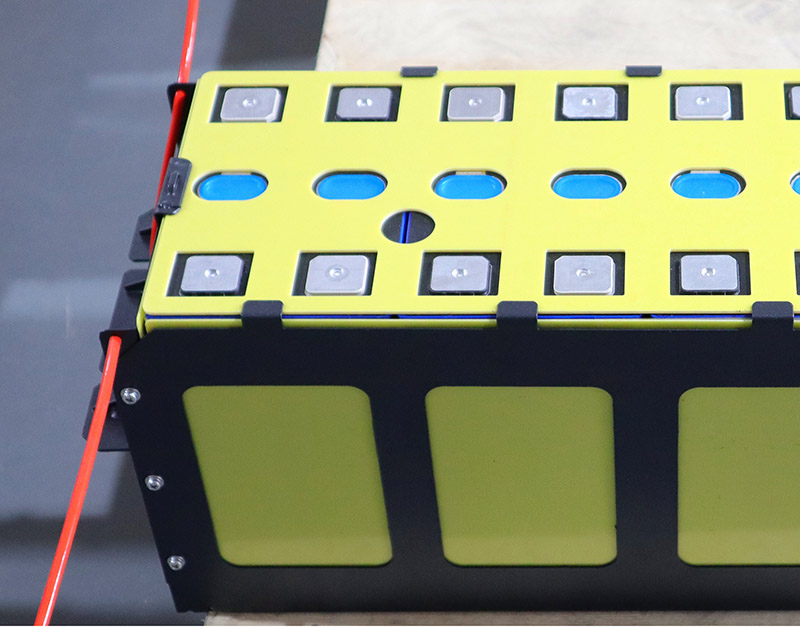
Installing the positive charge and discharge wires
At this point your BMS is completely connected, but you’re not quite done yet. Your positive charge and discharge wires usually won’t connect to the BMS. Instead, they usually connect directly to the battery. They will both connect to the positive end of your last cell group, which is the positive terminal of the entire battery. Just like when you connected the B- wire, crimp the positive charge and discharge wires onto the wire clamps on your battery.
For the discharge wire, you’ll want to use the same thickness wire you used for the B- and P- wires, usually 12 or 14 AWG. The charge wire can be thinner, from 14-18 AWG. If you used a single wire clamp on your battery, make sure your discharge wire is firmly crimped. If there isn’t enough room for both the positive charge and discharge wire, you can always solder the smaller charge wire onto the wire clamp. If you used two wire clamps on the positive terminal of your battery, you can either use two discharge wires that splice together, or just strip the discharge wire further back to clamp it in two places. It’s always better to use two or three wire clamps on the terminals of your battery, when possible. This spreads the load between the cells on the ends of your battery.
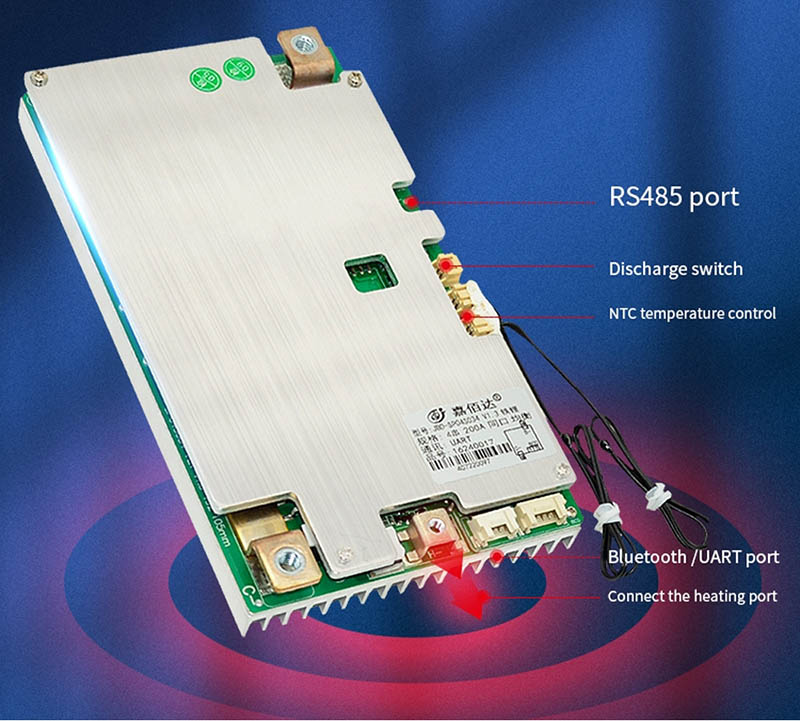
The charge wire is less important to connect in multiple places. Because it carries lower current, it can connect in a single place without worrying about spreading the load out between cells, as the load is much smaller.
Lastly, you’ll need to add your connectors. You probably already installed connectors on your C- and P- wires. You’ll use the same connectors on your C+ and P+ (positive charging and positive discharging) wires that you just connected in this step.
One last tip is to install your connectors before you connect the wires to the battery, if possible. This means that if you fudge up the connector or otherwise have a difficult time installing the connector, you can restart without having it connected to the battery. It’s also a bit safer as it means the bare ends of the wires won’t be connected to electricity while you’re installing the connectors.
That’s all about installing your BMS. Just remember to go slow and be careful not to short circuit your battery by accidentally dropping any connectors or wires on the exposed terminals.
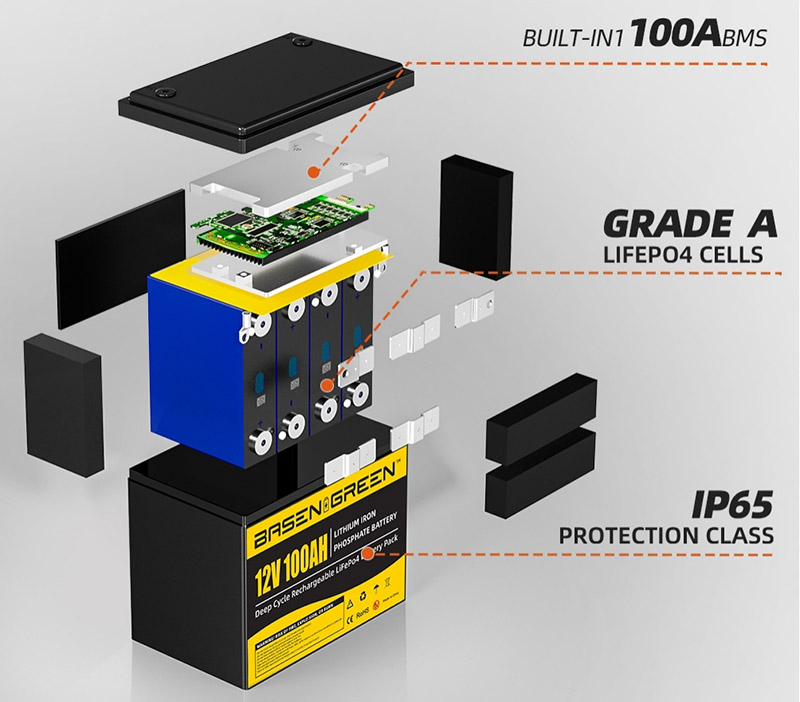
If you have any other questions, please get in touch with our battery and BMS expert any time.








 HOME
HOME How to Operate Smart BMS?
How to Operate Smart BMS? 


 You May Also Like
You May Also Like

 Tel
Tel
 Email
Email
 Address
Address